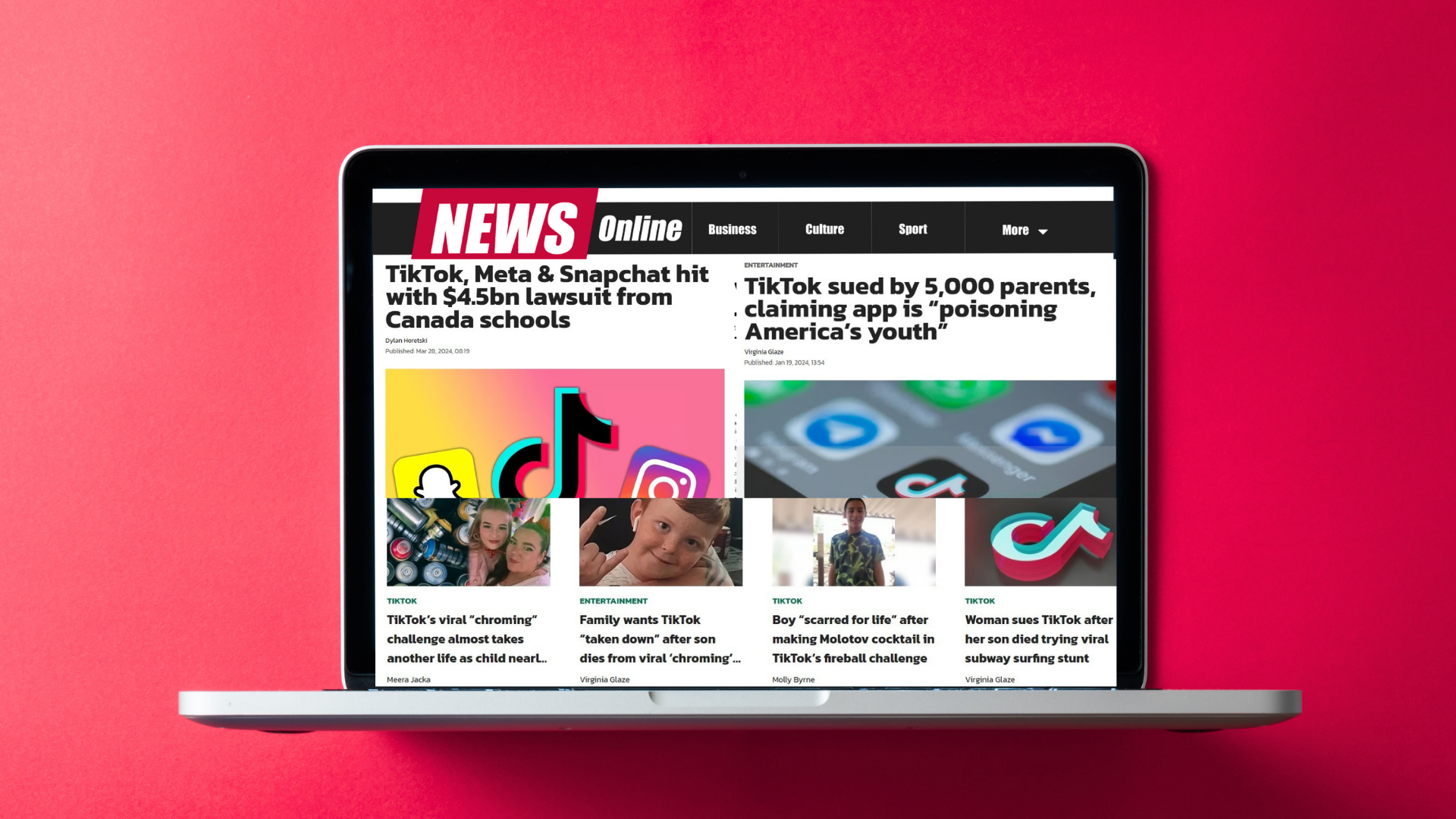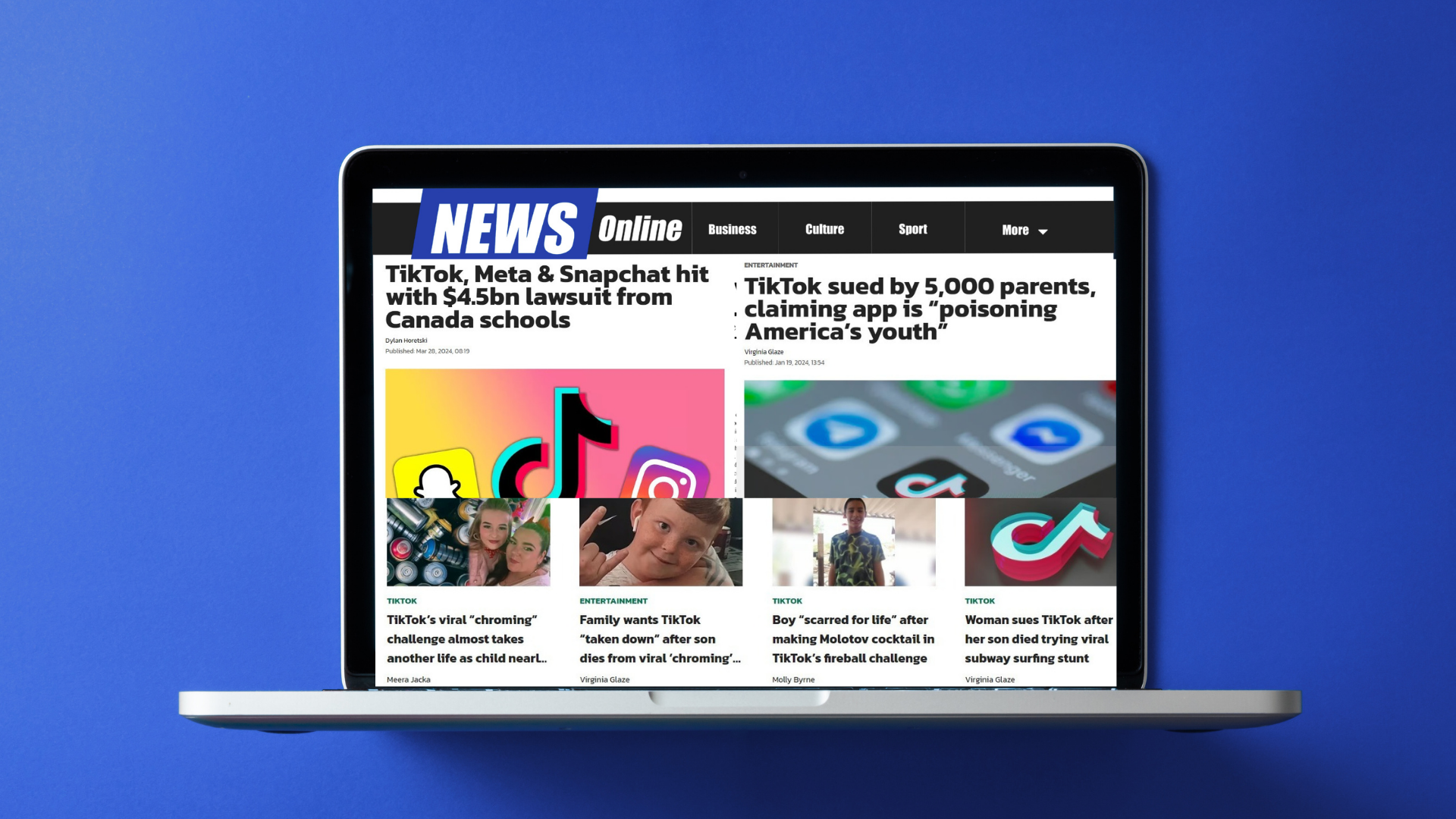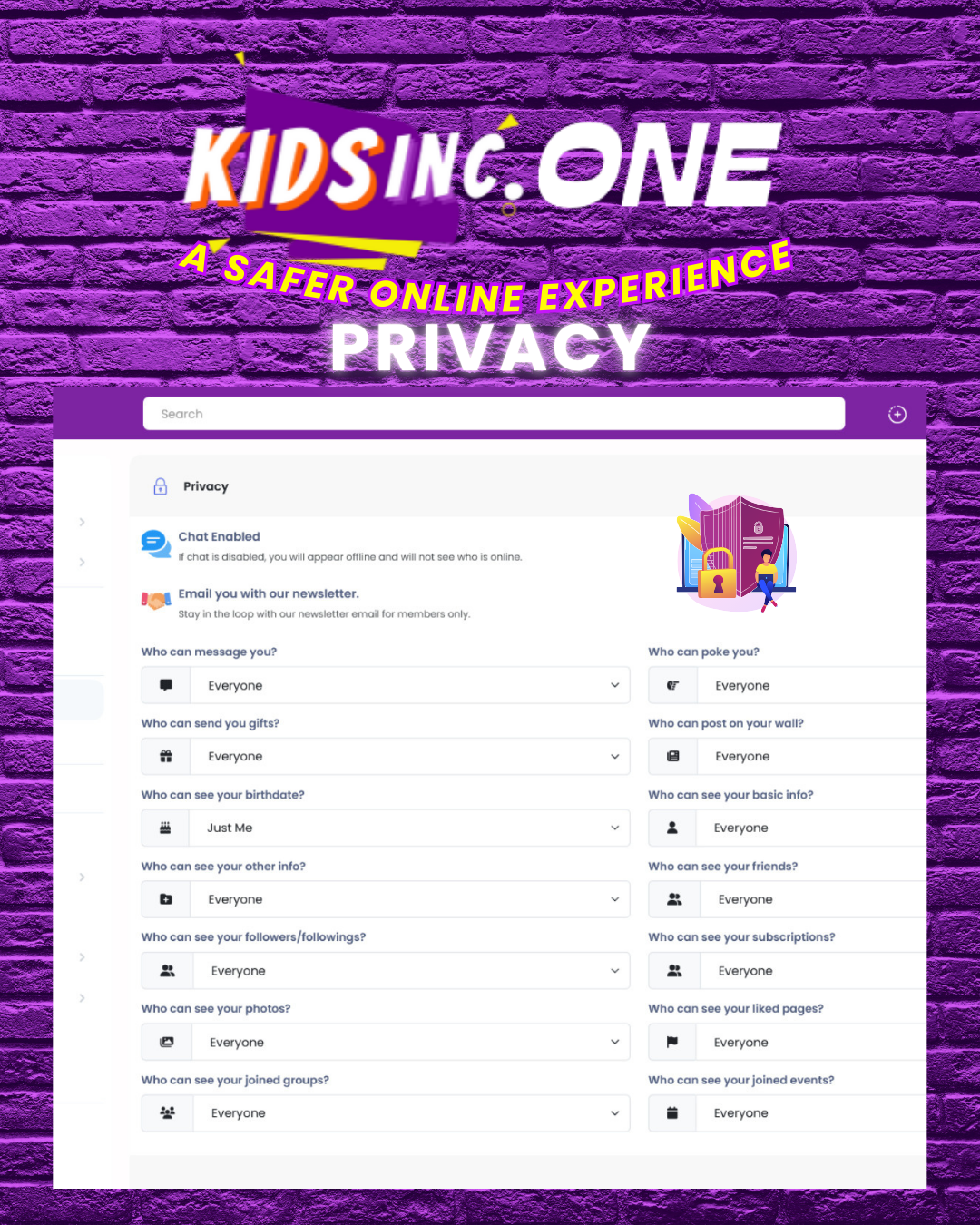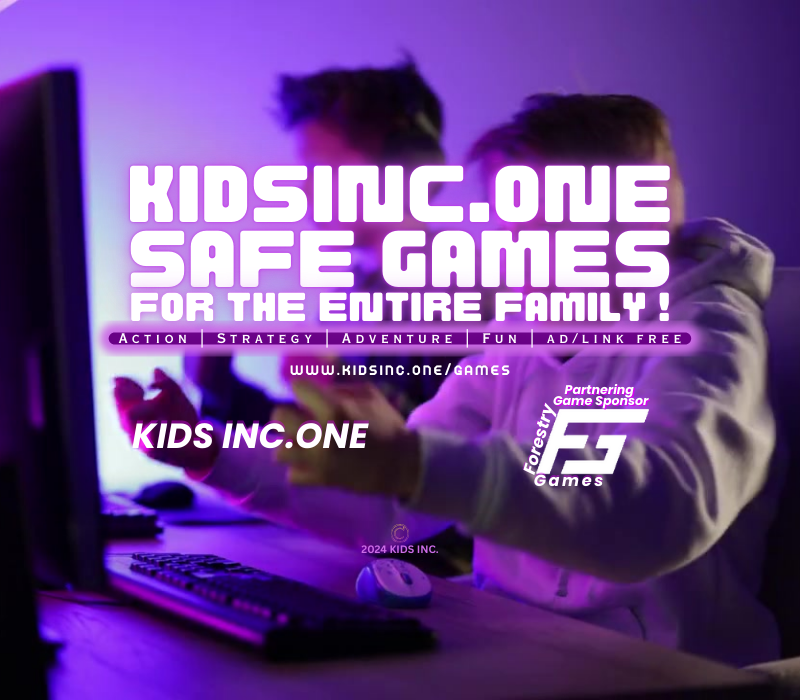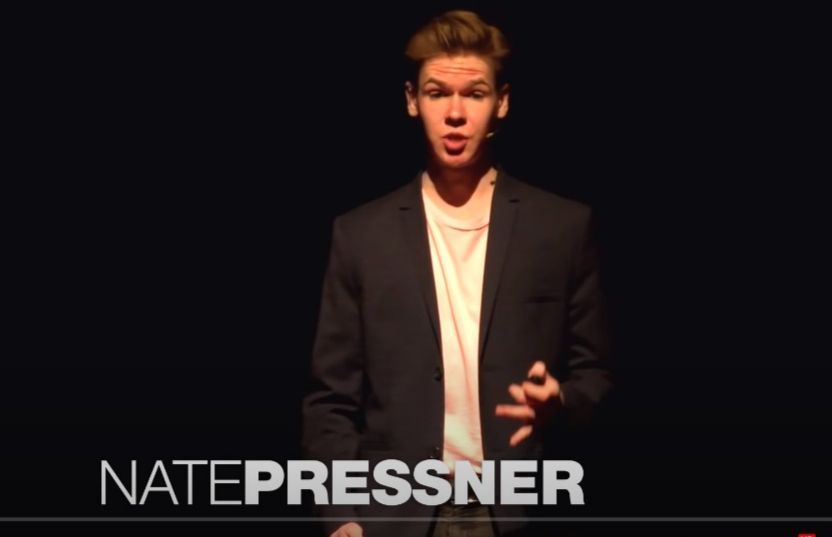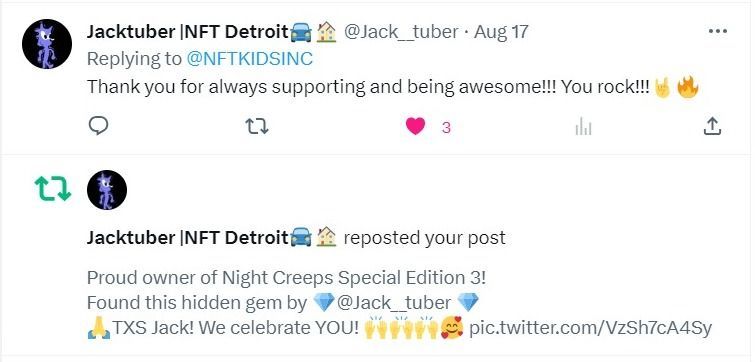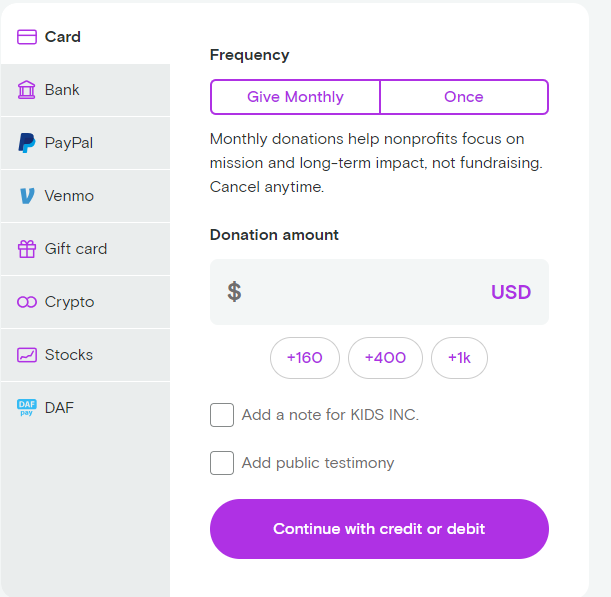Roblox vs. TikTok: The Alarming Race to Digitize Your Child's Life (and Data)
From Facial Scans to Full Device Access: Unpacking the Hidden Dangers of "Kid-Friendly" Platforms

Beyond Roblox: TikTok's Alarming Data Harvest and the Pervasive Threat to Young Users
The debate over Roblox's new age verification system, with its reliance on facial scans and promises of "unfiltered chats," rightly raises alarms about privacy and safety for children and teens. However, this is not an isolated incident. Another digital behemoth, TikTok, stands as a prime example of a platform whose offerings are fraught with even more extensive and insidious dangers for its vast youth demographic, rooted in its aggressive data collection practices that often extend far beyond what users, and especially parents, might ever imagine.
TikTok's Insatiable Appetite for Data: A Digital Fingerprint on Every User
While Roblox is implementing new biometric collection, TikTok has long been under fire for its comprehensive data harvesting, often without explicit, informed consent. This isn't just about what you post or what age you claim to be; it's about the very essence of your digital presence.
Beyond the Feed: The Alarming Truth About Keystrokes, Contacts, and Hidden Data Harvesting
- Reading Your Digital Footprint - Even Without a Login: Disturbingly, reports from security researchers have highlighted TikTok's capability to read information on devices even if a user isn't logged into the app. This can include monitoring network activity and gathering device identifiers, painting a picture of user behavior across the entire device, not just within the app itself. The extent of this "shadow tracking" for non-users raises profound questions about consent and privacy boundaries.
- Your Contacts, Exposed: Upon installation, TikTok often prompts users to grant access to their device's contacts. If granted, this means TikTok can hoover up the names, phone numbers, and email addresses of everyone in a user's phone book. This is particularly alarming for children and teens, as it can expose the personal details of their friends, family members, and acquaintances, often without those individuals' knowledge or consent. Even if a user declines this permission, their contacts can still be ingested if another user who has them in their contact list grants the app access.
- The Invisible Keystroke Logger: Perhaps one of the most chilling findings is the research indicating that TikTok's in-app browser has the capability to monitor every single keystroke a user makes when they click on an external link within the app. This means if a user accesses a website through TikTok's browser – which it often defaults to, making it difficult to open in a more secure external browser – the app could theoretically capture sensitive information like passwords, credit card numbers, and private messages typed on that external site. While TikTok claims this functionality is for "debugging, troubleshooting and performance monitoring" and is not actively used to collect such data, the mere presence of this capability within a widely used app raises significant red flags and mirrors the behavior of spyware.
- Biometric Data and Behavioral Profiling: Beyond explicit facial scans for age verification (which TikTok also employs for certain features like "Live"), the platform continuously collects biometric information through its analysis of user-generated content. This includes facial geometry and voice patterns used for filters and effects, but also for content moderation, demographic classification, and inferred interests. This data, combined with extensive behavioral tracking (what videos you watch, how long, what you like, comment on, and share), creates an incredibly detailed profile of each user – a digital twin that can be used for highly targeted advertising and content delivery, potentially exploiting vulnerabilities in young, developing minds.
The Content Conundrum: When "Unfiltered" Meets Algorithmic Addiction
Like Roblox's "unfiltered chats," TikTok's core offering relies on an algorithmically driven content feed that, despite moderation efforts, frequently exposes young users to inappropriate and harmful material.
- Algorithmic Rabbit Holes: TikTok's "For You Page" is designed for maximum engagement, often leading users down addictive and potentially dangerous "rabbit holes." This can include sexually suggestive content, self-harm trends, extreme dietary advice, dangerous challenges, and misinformation. The rapid-fire nature of the content and the personalized recommendations can make it incredibly difficult for children and teens to disengage or to critically evaluate what they are consuming.
- The Illusion of Moderation: While TikTok invests in content moderation, the sheer volume of uploads makes comprehensive oversight impossible. Harmful content can be cleverly disguised or slip through the cracks, and "critical harm" monitoring often means intervention happens after exposure, not before.
- Mental Health Fallout: The constant exposure to curated, often unrealistic, portrayals of life on TikTok can contribute to negative body image, anxiety, depression, and social comparison issues among young users. The addictive nature of the platform also fuels excessive screen time, impacting sleep, academic performance, and real-world social interactions.
The Broader Implications: National Security and a Generation's Privacy
TikTok's Chinese ownership by ByteDance adds another layer of profound concern, bringing national security implications into the privacy debate. Governments worldwide, including the U.S., have voiced fears that user data could be accessed by the Chinese government, potentially for surveillance or intelligence purposes. While TikTok denies these allegations and has initiated measures like Project Texas to localize U.S. user data, the inherent structure of the company and the legal framework in China continue to fuel these anxieties.
In conclusion, while platforms like Roblox grapple with the complex terrain of age verification and user safety, TikTok exemplifies a far more pervasive and alarming threat. Its extensive, often opaque, data collection practices – including the potential to read everything on a device, access contacts, and monitor keystrokes – coupled with its powerful, addictive algorithm and inherent content moderation challenges, paint a grim picture for the privacy and well-being of its millions of young users. The push for "trusted connections" and "unfiltered chats" on any platform must be viewed with extreme skepticism when it comes at the cost of such profound digital surveillance and the persistent exposure to unseen dangers.
Advice for Parents: Guarding the Digital Frontier
For parents seeking safer options, we invite you to join our private network, kidsinc.ONE.
The digital landscape can feel overwhelming, but parents are the first line of defense. Proactive engagement and open communication are key.
- Educate Yourself and Your Child: Stay informed about the apps your children use and their privacy policies. Discuss online risks openly and honestly with your kids, explaining why certain information should remain private. Use simple language and real-life scenarios.
- Use Parental Control Tools Wisely: Consider reputable parental control software that can help manage screen time, filter content, and monitor for concerning activity. Remember, these are tools to aid, not replace, communication.
- Harden Privacy Settings: Sit down with your child and go through the privacy settings on all their social media and gaming accounts. Default settings are rarely the most private.
- TikTok Specifics: Utilize TikTok's "Family Pairing" feature to link your account to your child's. This allows you to set daily screen time limits, enable Restricted Mode, control discoverability (private vs. public account), manage direct messages (DMs), and filter content.
- No Unsupervised Downloads: Require permission before your child downloads any new apps or games. Research new platforms thoroughly before allowing access.
- Device-Level Permissions: Regularly review app permissions on your child's device (e.g., access to contacts, microphone, camera, location services). Disable anything that isn't absolutely essential for the app's core function.
- Common Areas for Devices: Keep devices used by younger children in common areas of the home, allowing for natural supervision.
- Strong Passwords and 2FA: Teach your children about creating strong, unique passwords for every account and enable two-factor authentication (2FA) wherever possible. Consider a family password manager.
- Understand In-App Browsers: Explain that clicking a link within an app might open it in an internal browser that lacks the security features of a standalone browser and could be monitoring their activity. Encourage opening sensitive links in external, secure browsers.
- Model Good Behavior: Children learn by example. Be mindful of your own digital habits, privacy settings, and the information you share online.
Safety Tips for Kids: Navigating Your Digital World
Your online world is exciting, but it also has rules to keep you safe. Think of these as your superhero guide to the internet!
- Think Before You Post/Share: Once something is online, it's very hard to take back. Ask yourself: "Would I be okay with my parents, teachers, or even a future boss seeing this?" If not, don't share it.
- Keep Personal Info Private: Never share your full name, home address, school name, phone number, or where you hang out without a trusted adult's permission. Your personal information is like money – don't give it away easily!
- Passwords Are Your Secret Superpower: Never share your passwords with anyone, except your parents. Make them long and strong, using a mix of letters, numbers, and symbols.
- "Friends" Online Might Not Be Friends in Real Life: Be very careful about who you accept as a "connection" or "follower." Not everyone online is who they say they are. Never agree to meet someone you only know online without your parents' explicit permission and supervision.
- Be Wary of Links and Downloads: If a message or link looks weird or comes from someone you don't know, don't click on it! It could be a trick to get your information or put a virus on your device. Always ask a parent first.
- "Unfiltered" Doesn't Mean "Safe": If an app or chat says it's "unfiltered," it means some of the usual safety checks are off. This can expose you to things that aren't good for you. If something makes you feel uncomfortable, confused, or scared, tell a trusted adult right away.
- Know How to Block and Report: If someone is being mean, asking for inappropriate things, or making you uncomfortable, block them immediately and report them to the platform. Don't engage with them.
- If Something Feels Wrong, Tell an Adult: Trust your gut feeling. If anything online makes you feel uneasy, worried, or anxious, talk to a parent, teacher, or another trusted adult. They are there to help you, not to judge.
- Regular Privacy Checks: Ask your parents to help you check your privacy settings on all your apps regularly. Make sure you know who can see your posts and send you messages.

